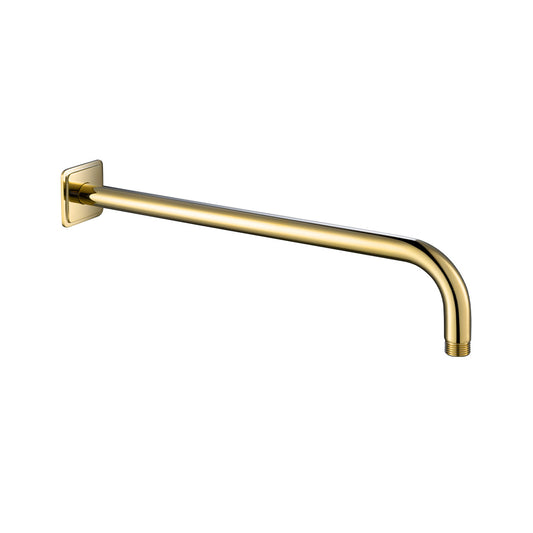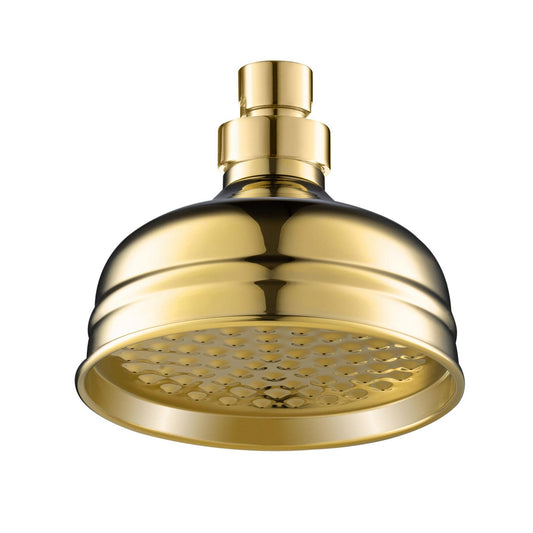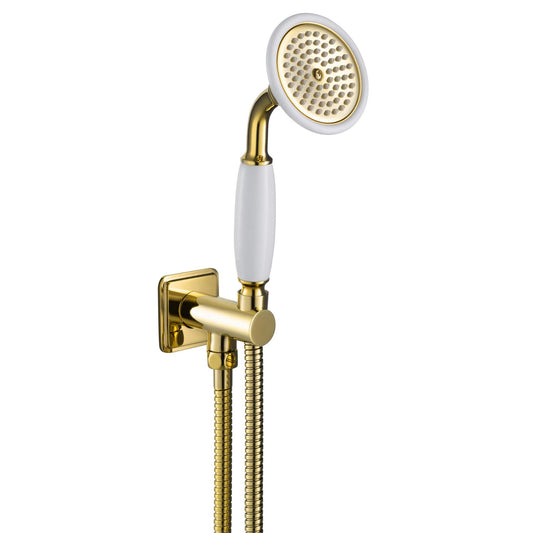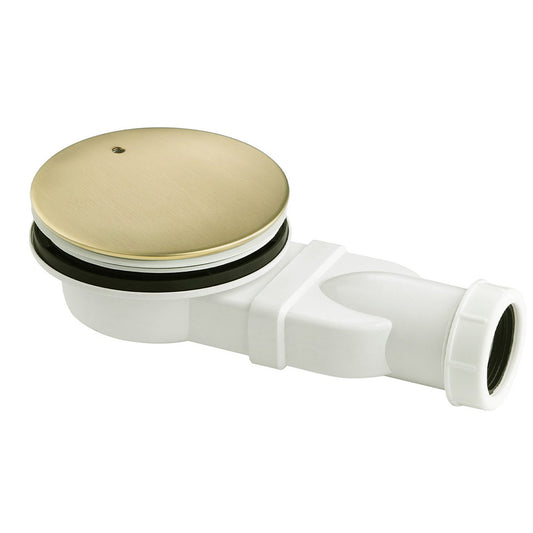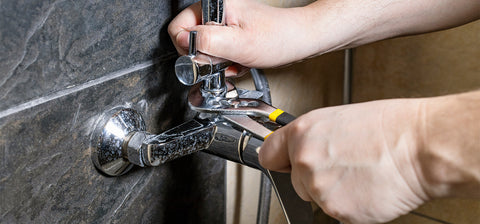How to Fix a Leaky Shower: A Step-by-Step DIY Guide
Table Of Contents:
-
Introduction
-
Understanding the Leaky Shower Problem
-
DIY vs. Hiring an Experienced Plumber
-
Tools and Materials You'll Need
-
How to Fix a Leaky Shower
-
Materials You'll Need
-
Turn Off the Water Supply
-
Identify and Address Leaks
-
Clean the Affected Area
-
Replace Damaged Components
-
Reassemble and Test
-
DIY Shower Repair Cost vs. Hiring a Plumber
-
Conclusion
Introduction :
Dealing with a leaky shower can be frustrating and costly, but it doesn't have to be.
In this comprehensive guide, we will show you how to fix a leaky shower step by step, helping you save money and prevent further damage.
Whether you're a seasoned DIY enthusiast or new to home repairs, we've got you covered.
Understanding the Leaky Shower Problem
Before diving into the repair process, it's crucial to understand the common reasons behind a leaky shower. Leaks can occur in various parts, including the shower head, valve, and connections. Identifying the source of the problem is the first step to an effective solution.
DIY vs. Hiring an Experienced Plumber
One of the initial decisions you'll need to make is whether to tackle the repair yourself or hire an experienced plumber. Let's explore the pros and cons of both options to help you make an informed choice that suits your skills and budget.
DIY:
Pros:
- Cost Savings: DIY repairs can save you money on plumber fees.
- Convenience: You can work on your schedule and pace.
- Learning Opportunity: Gain valuable DIY skills and knowledge.
- Immediate Action: Quick response to leaks without waiting for a plumber's availability.
- Control: You have full control over the repair process.
Cons:
- Limited Expertise: DIYers may lack the experience and skills of a professional plumber.
- Risk of Mistakes: Errors in repair could lead to further damage or safety hazards.
- Time-Consuming: DIY repairs may take longer, especially for beginners.
- Tools and Materials: You need to invest in tools and materials.
- No Guarantees: DIY repairs may not come with warranties or guarantees.
Hiring an Experienced Plumber:

Pros:
-
Expertise: Plumbers have specialized knowledge and experience.
-
Time-Efficient: Professionals can complete repairs quickly.
-
Safety: Reduced risk of errors and potential safety hazards.
-
Warranty: Plumbers often provide warranties on their work.
-
Comprehensive Solutions: Plumbers can address complex issues.
Cons:
-
Cost: Hiring a plumber can be more expensive.
-
Scheduling: You may need to wait for an available appointment.
-
Less Control: You have limited control over the repair process.
-
Reliance: Dependence on a plumber's availability and expertise.
-
Additional Costs: Plumbers may charge extra for materials and emergency services.
Tools and Materials You'll Need
To successfully fix a leaky shower, you'll need the right tools and materials. Here's a comprehensive list of what you'll require for the job, ensuring you're well-prepared before you start the repair process.
-
Adjustable Wrench
-
Screwdrivers (Flathead and Phillips)
-
Pipe Cutter
-
Plumber's Putty
-
Thread Seal Tape
-
Toothbrush
-
Pliers
-
Cleaning Solution (Mixture of white vinegar and water)
-
Replacement Components (Washers, gaskets, O-rings)
-
Towel
How to Fix a Leaky Shower

Materials You'll Need:
- Distilled White Vinegar: For cleaning and removing buildup.
- Plumber's Putty: To seal and waterproof joints.
- Thread Seal Tape: For creating watertight seals.
- Replacement Components: Washers, gaskets, O-rings, if damaged.
- Towel: To absorb any residual water.
Step 1: Turn Off the Water Supply
- Use an adjustable wrench to shut off the mains water supply.
- Ensure the water is completely turned off to avoid any water flow during repairs.
Step 2: Identify and Address Leaks
- Examine the shower head, valve, and connections for leaks.
- Determine the source of the leakage before proceeding with repairs.
Step 3: Clean the Affected Area
- Prepare a mixture of white vinegar and water.
- Soak the affected area or components to remove dirt and grime.
- Use a toothbrush to scrub and clean thoroughly.
- Rinse and ensure a clean surface for repairs.
Step 4: Replace Damaged Components
- If washers, gaskets, or O-rings are damaged, replace them.
- Apply thread seal tape to threads to prevent future leaks.
- Ensure all components are in good condition before reassembly.
Step 5: Reassemble and Test
- Carefully reattach all shower components.
- Tighten connections securely using an adjustable wrench or pliers.
- Turn on the water supply and test for any leaks.
- Check all joints and connections for a watertight seal.
- Make any necessary adjustments to ensure a leak-free shower.
DIY Shower Repair Cost vs. Hiring a Plumber
DIY Shower Repair Cost:
-
Lower cost as you won't need to pay for professional labor.
-
Expenses include purchasing tools and materials.
-
Potential for savings if you already have some tools on hand.
-
May require multiple trips to the store for supplies, adding to the cost.
Hiring a Plumber Cost:
-
Higher cost due to professional labor charges.
-
Plumbers typically charge by the hour.
-
Cost includes both labor and materials.
-
Less time-consuming and more convenient.
Considerations:
-
DIY cost varies depending on your existing tool collection.
-
Hiring a plumber is more expensive but ensures a professional job.
-
Weigh the cost against your DIY skills and available time.
-
Factor in potential additional expenses for mistakes in DIY repairs.
Conclusion
Fixing a leaky shower doesn't have to be a daunting task. With this right guidance on how to fix a leaky shower and a bit of DIY spirit, you can successfully address the issue, save money, and enjoy a hassle-free shower experience. Don't let annoying leaks drain your wallet; take control of your bathroom repairs today.







